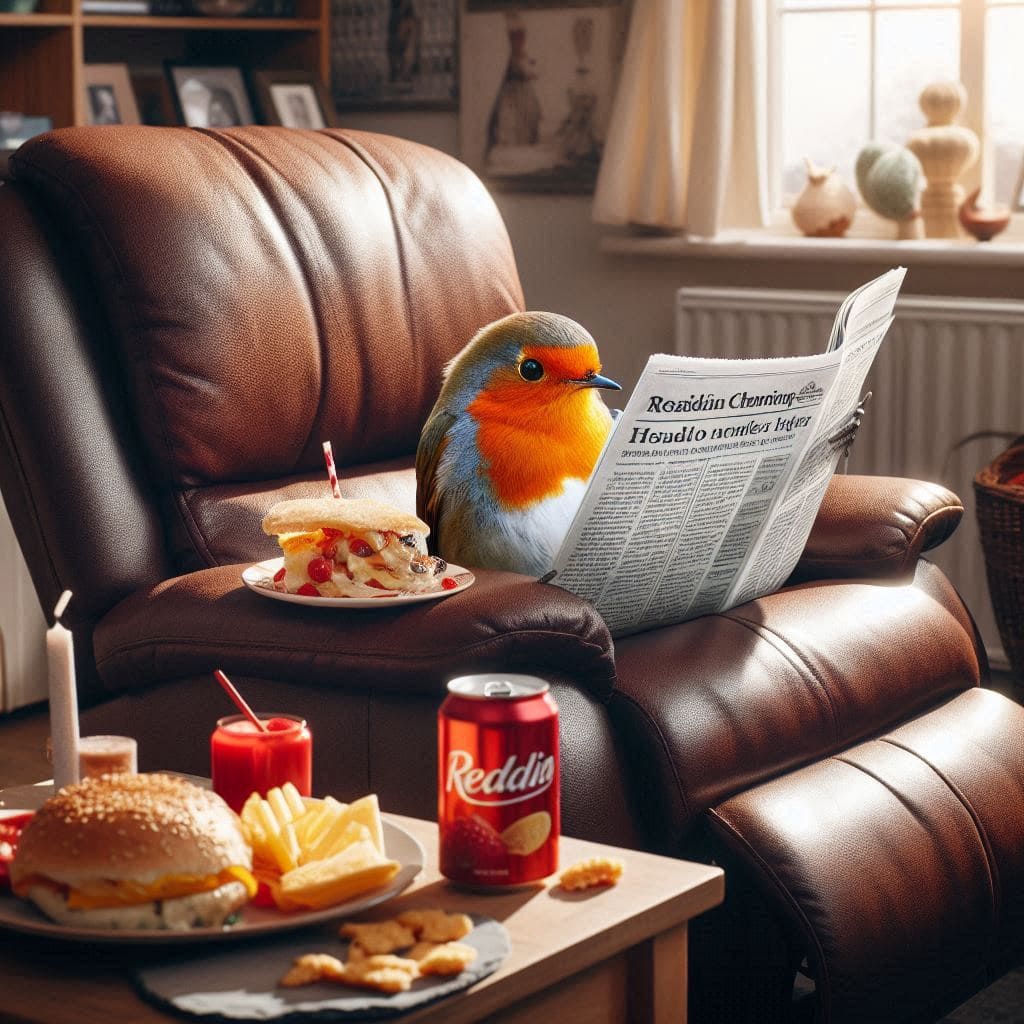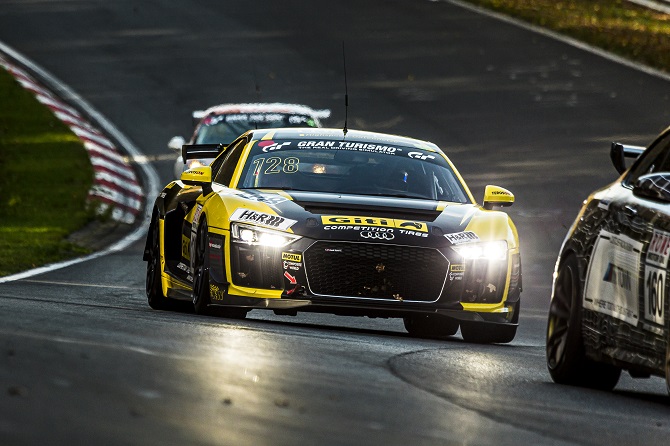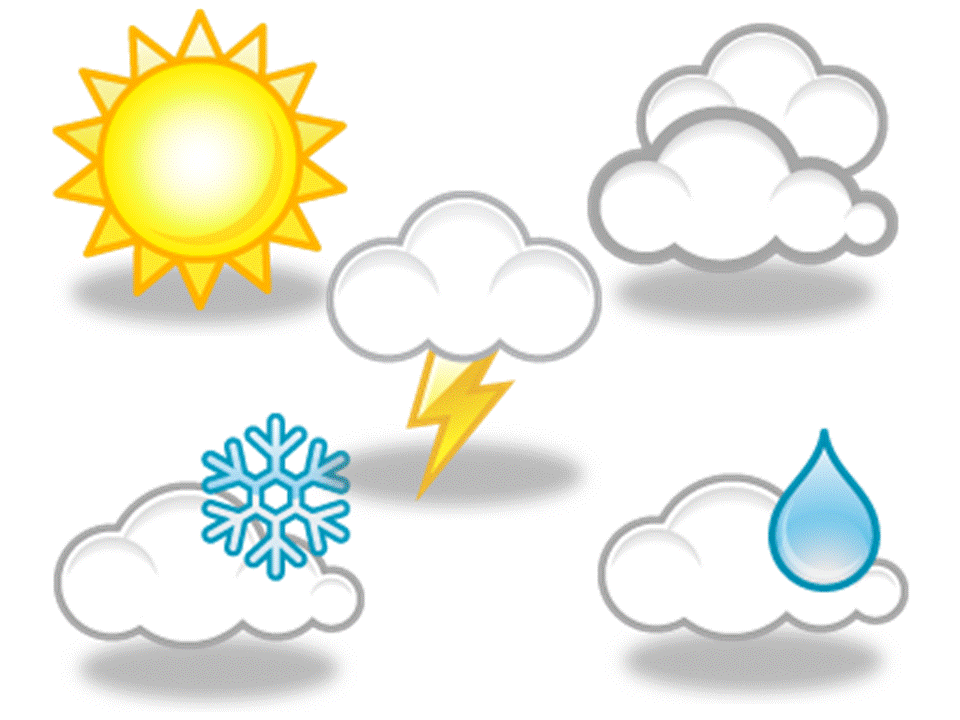Glare rarely a crash cause, virtually unchanged from past decade, IIHS study finds,
-
IIHS study finds glare cited in only 12 of every 1,000 nighttime crashes
-
Brighter headlights have cut visibility-related wrecks, not increased glare
-
Automakers design changes since 2016 have sharply reduced poor headlight ratings
Despite growing complaints that todays car headlights are blindingly bright, a new study by the Insurance Institute for Highway Safety (IIHS) finds glare plays only a minor role in nighttime crashes.
From 2015 to 2023, glare was listed as a factor in only one or two out of every 1,000 nighttime crashes across 11 states, the institute said. The rate has remained virtually unchanged over the past decade even as headlights have become more powerful and effective at illuminating dark roads.
Although it can certainly be uncomfortable, headlight glare contributes to far fewer crashes than insufficient visibility, said IIHS President David Harkey. But that doesnt mean reducing glare isnt an important goal.
Brighter lights, safer roads
Headlight brightness standards set by federal regulators havent changed since 1997, but IIHSs own testing program launched in 2016 has driven major improvements. Manufacturers eager to earn higher safety ratings have adopted LED technology and adjusted headlight aim to balance illumination with reduced glare.
When IIHS began testing, only one of more than 80 headlight systems earned a good rating. Today, more than half of model year 2025 headlights tested by the institute rate good, and just 16% are rated marginal or poor.
Those changes have translated into fewer crashes. Previous IIHS research found that vehicles with good-rated headlights are involved in 19% fewer nighttime single-vehicle crashes and 23% fewer nighttime pedestrian crashes than those with poor-rated headlights.
Glare trends flat despite complaints
The new study, led by IIHS Principal Research Engineer Matthew Brumbelow, analyzed more than 24 million crashes in 11 states that record glare as a contributing factor. Fewer than 150,000 crashes overall mentioned glare, and only a fraction occurred at night.
Nighttime glare crashes made up only one or two per 1,000 crashes annually, with no sign of increase during years when headlights grew brighter. In fact, the glare rate was highest in 2015 and lowest in 2020.
Most glare-related crashes involved a single vehicle, often occurring on local two-lane roads in wet conditions. Drivers involved tended to be older and behind the wheel of older cars.
Drivers older than 70 seem to be most affected by headlight glare, Brumbelow said. Its also possible that the better visibility in newer vehicles provides some defense against glare from oncoming headlights.
Progress in reducing glare
IIHS testing shows automakers have dramatically cut glare from their headlights. In 2017, 21% of headlights tested produced excessive glare; by 2025, that share dropped to just 3%. Under IIHS scoring rules, any excessive glare disqualifies a headlight from earning a good or acceptable rating.
Still, experts say more can be done particularly for older drivers and those with eye conditions that make them sensitive to light. Measures such as lane-departure warning systems, better road markings, and automatic high-beam assist could further reduce the small number of glare-related crashes.
Adaptive driving beam (ADB) technology, which automatically adjusts the beam pattern to avoid dazzling oncoming drivers while keeping full illumination elsewhere, is also seen as a promising solution. But regulatory hurdles have slowed its rollout in the U.S., even though ADB systems have been common in Europe for more than a decade.
Wed like to see these obstacles removed, Harkey said. But the IIHS headlight rating program is already driving advancements that are making nighttime driving safer both by improving visibility and by reducing glare.
Posted: 2025-10-15 18:23:31















